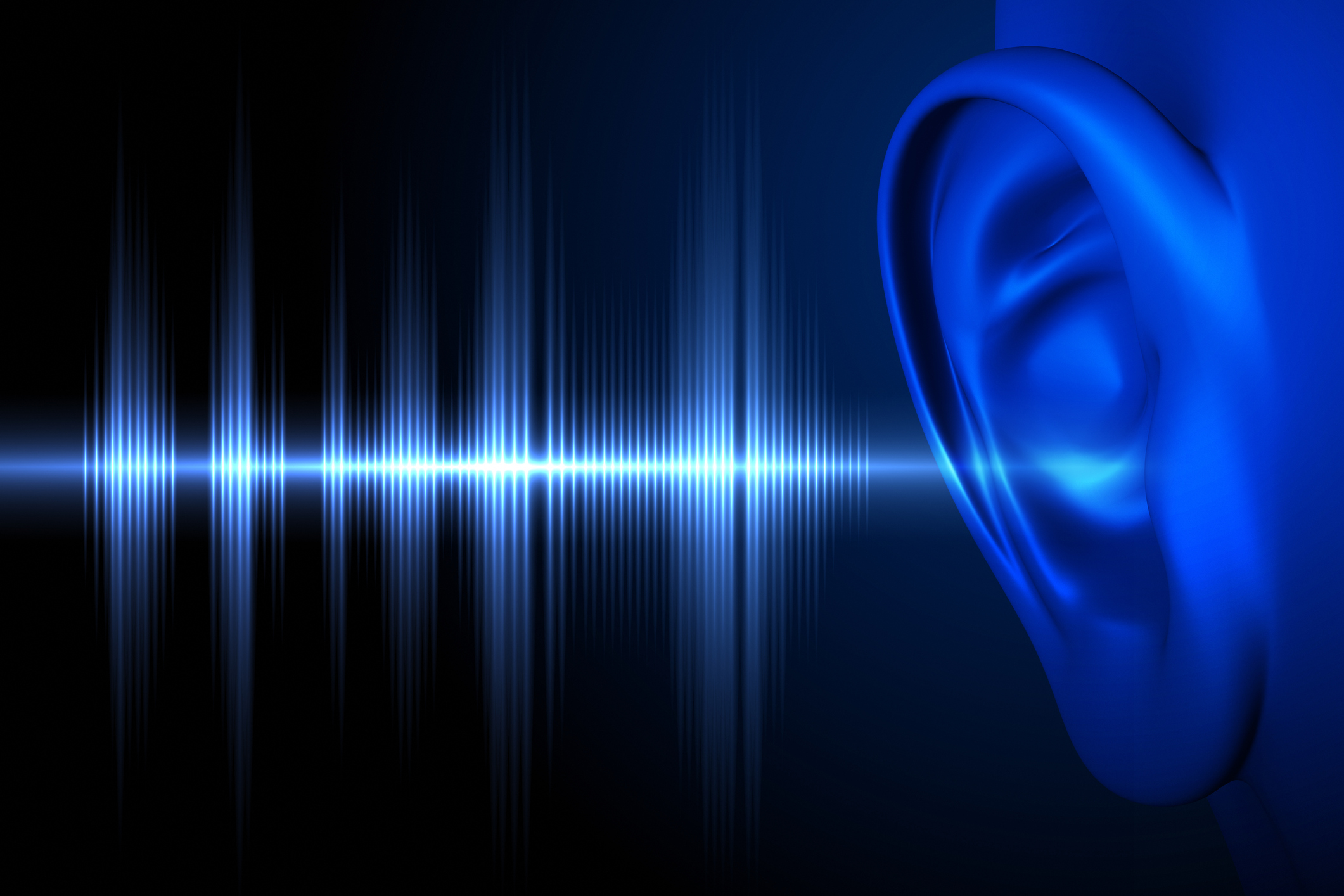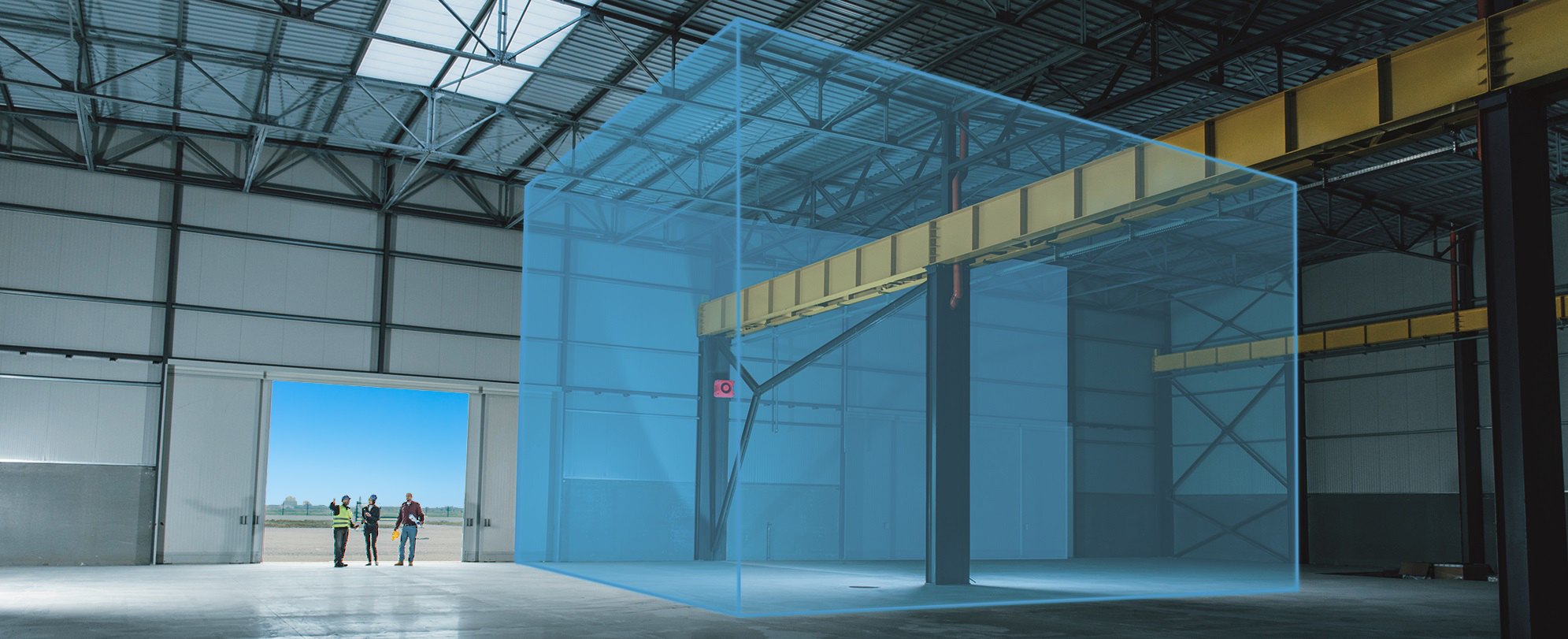ISO 7731: Danger signals for public and work areas - Auditory danger signals
Disruptive factors may impair the audibility
In general, when planning audible signals, it is assumed that the sound volume of a sounder is the only selection criteria. However, this assumption is not correct: in production facilities, buildings and all other public areas, a variety of factors, such as the frequency of the ambient noise, insulated walls or protective equipment like e.g. ear protectors can impair the perceptibility of audible signals. As a conclusion it is important that an audible sound system not only provides loudness but is also able to cover certain frequency ranges when generating sound. It must be ensured that this sound is effectively perceivable by the human ears and clearly distinguishable from the ambient noise.


What are the selection criteria to choose the right sounder?
- 15dB above ambient noise in the whole signal reception area (alternative: measurement of octave-/ 1/3 octave-bands)
- Main frequency spectrum of the sounder should be between 500Hz and 1500Hz (see graphic below)
- Usage of a whoop tone (varying fundamental frequencies), alternative: intermitted or alternating tones
All the audible danger signals provided by Pfannenberg fully meet the requirements of ISO 7731.
How to choose the right audible signaling devices easily?
To easily choose the right signaling devices for your individual needs we have developed a planning tool called 3D-COVERAGE.
With this tool it takes only a few steps to find out how many and what kind of signaling devices are needed to effectively cover a certain area.
For further information please do not hesitate to CONTACT US. Our experts will be glad to assist you.

.svg)

